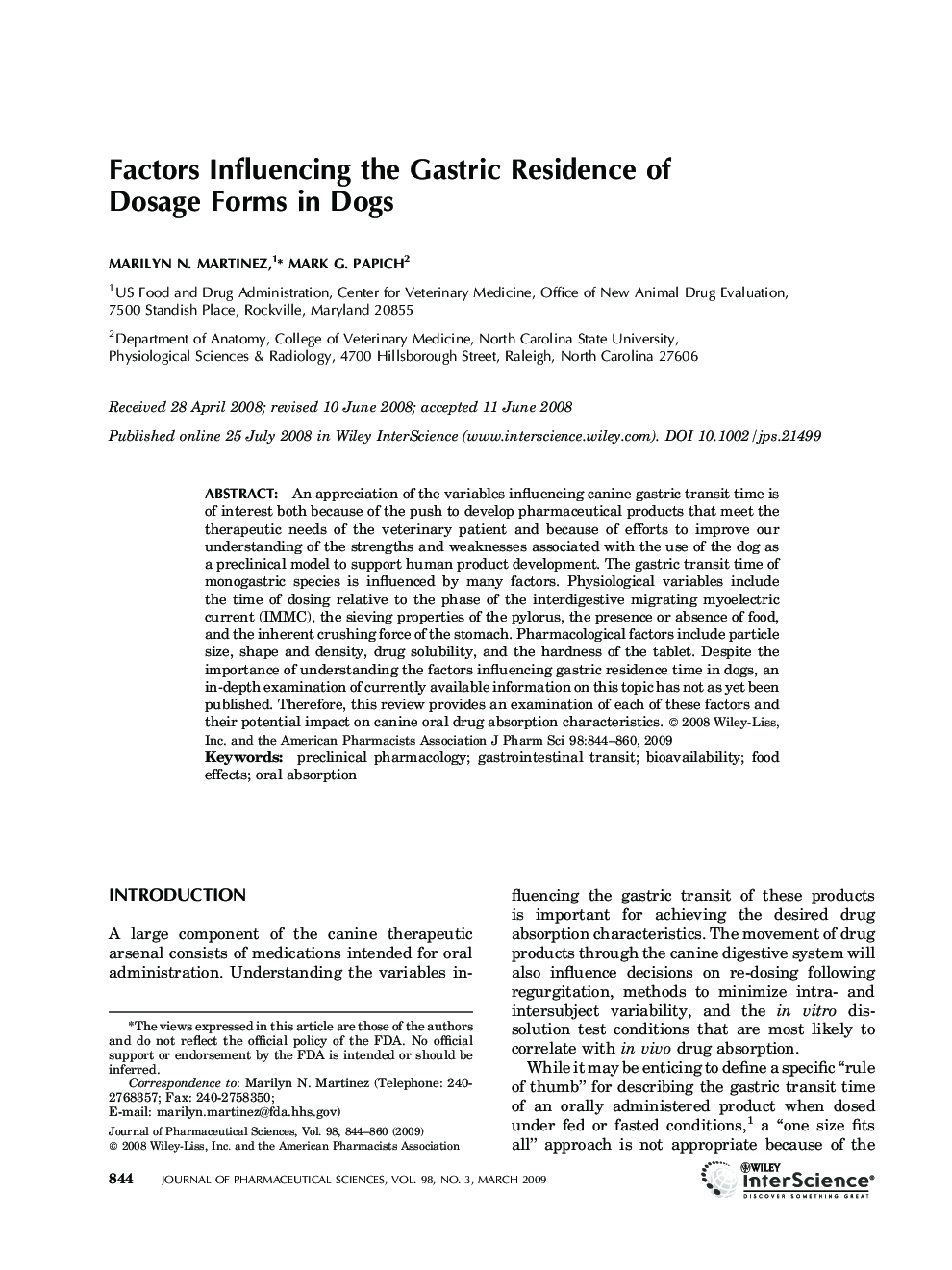| Article ID | Journal | Published Year | Pages | File Type |
|---|---|---|---|---|
| 2486700 | Journal of Pharmaceutical Sciences | 2009 | 17 Pages |
Abstract
An appreciation of the variables influencing canine gastric transit time is of interest both because of the push to develop pharmaceutical products that meet the therapeutic needs of the veterinary patient and because of efforts to improve our understanding of the strengths and weaknesses associated with the use of the dog as a preclinical model to support human product development. The gastric transit time of monogastric species is influenced by many factors. Physiological variables include the time of dosing relative to the phase of the interdigestive migrating myoelectric current (IMMC), the sieving properties of the pylorus, the presence or absence of food, and the inherent crushing force of the stomach. Pharmacological factors include particle size, shape and density, drug solubility, and the hardness of the tablet. Despite the importance of understanding the factors influencing gastric residence time in dogs, an in-depth examination of currently available information on this topic has not as yet been published. Therefore, this review provides an examination of each of these factors and their potential impact on canine oral drug absorption characteristics.
Related Topics
Health Sciences
Pharmacology, Toxicology and Pharmaceutical Science
Drug Discovery
Authors
Marilyn N. Martinez, Mark G. Papich,
